In France, not far from Paris, in Chambourcy, a garden deserves to be discovered. The Désert de Retz, a witness to the Age of Enlightenment, is a place steeped in history as well as an invitation to contemplation. Why is it called that? What is its history? And what can you see there? Let’s go and discover this unusual place!
Summary
A desert at the gates of Paris?
The Désert de Retz is a garden created at the end of the 18th century by François-Nicolas-Henri Racine de Monville. It has nothing to do with the vast arid zones that the word “desert” may evoke. But then why such a name?
In the 17th century a desert was also considered as an isolated place, conducive to the cultivation of dreams and nostalgia. This is how François-Nicolas-Henri Racine de Monville named his garden, evoking a place to retreat and entertain.
The history of the Désert de Retz
François-Nicolas-Henri Racine de Monville was born in 1734. Orphaned at an early age he was raised by his grandfather who passed on to him a taste for knowledge and curiosity and bequeathed him an immense fortune. Passionate about botany, he bought properties between 1774 and 1786 in the neighbourhood of the village of Retz, located at the edge of the Marly forest, thus creating an estate of 38 hectares.
It was on this estate that he created his garden, turning away from the straight lines of French gardens in favour of sinuous lines. He planted rare trees by ordering several thousand plants from the royal nurseries. Here and there, he had about twenty “fabriques” built, ornamental constructions that punctuated the walker’s route.
In this dreamlike setting, François-Nicolas-Henri Racine de Monville welcomed famous visitors: Marie-Antoinette, Elisabeth Vigée Le Brun, Madame du Barry, Gustave III of Sweden, the Duke of Chartres and Thomas Jefferson.

The Désert de Retz after François-Nicolas-Henri Racine de Monville
Although the Désert de Retz is one of the rare gardens of its kind to survive in a form close to its original conception, it has nevertheless been badly damaged by time and men.
During the Revolution, François-Nicolas-Henri Racine de Monville had to sell the Desert, which then passed from hand to hand until it was bought by Frédéric Passy, the first Nobel Peace Prize winner. The Passy family had a passion for the place, which they maintained for 80 years. Unfortunately, the following owners did not have the same regard for the Desert, which gradually fell into disrepair, to such an extent that André Malraux cited its dramatic state in his 1966 speech to the National Assembly to evoke the law project to save historic monuments:
“I remind you, ladies and gentlemen, that the Desert de Retz, where, with the Chanteloup Pagoda, the most important remains of 18th century Chinese monuments in Europe are to be found, is owned by a forestry merchant who is letting them fall not into ruins, but into dust, while the Government is totally helpless and the Desert de Retz is the only place in Europe where such works exist.”
Subsequently, some initial rescue work was carried out, thanks in particular to private sponsorship. The rebirth of the Désert de Retz really took place in 2007 when the commune of Chambourcy became the owner with a view to restoring it and opening it to the public.
The Désert de Retz today
Of the garden designed by François-Nicolas-Henri Racine de Monville, only a few fragments remain today: the estate now covers only 17 hectares (as opposed to the original 40), and only ten or so of the twenty or so fabriques that were visible at the time remain.
Nevertheless, the remains of the Désert de Retz are a real marvel. What catches the eye above all is the destroyed Column, a false ruin in the shape of a huge column which served as the main house of François-Nicolas-Henri Racine de Monville. Inside, a long central spiral staircase leads to the different floors. Originally, the interior was decorated with mirrors that reflected the vegetation outside.
Among the other factories still visible, the Temple to the god Pan evokes classical Greece. Originally, this temple was tiled with marble and served as a music room. Another witness to the festive atmosphere that reigned in Retz is the open-air theatre.
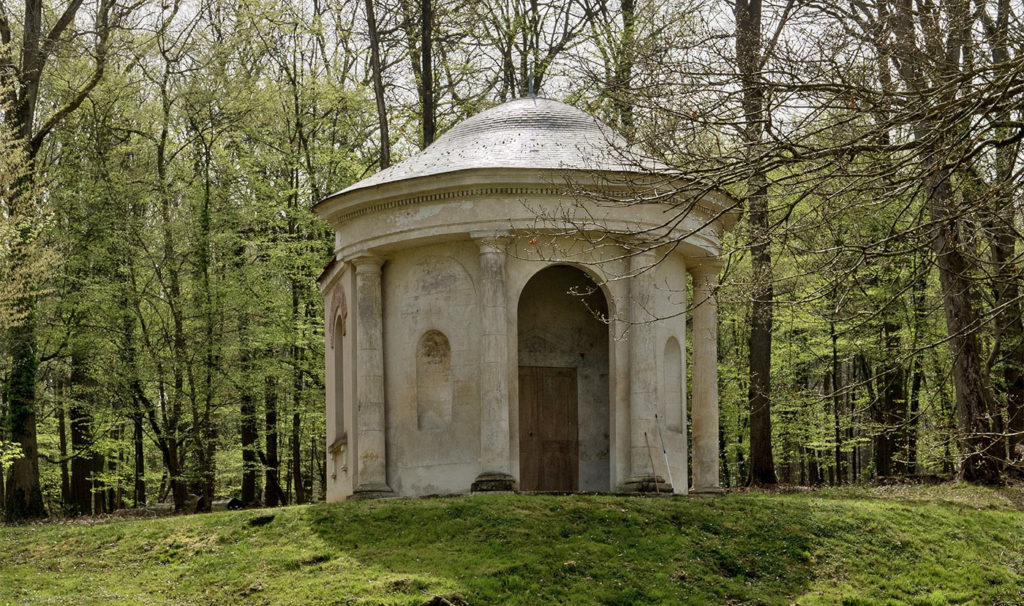
Also worth seeing is the pyramid-shaped, 6-metre-deep ice house, where blocks of ice were stored in winter and used in summer to cool drinks or make sorbets.
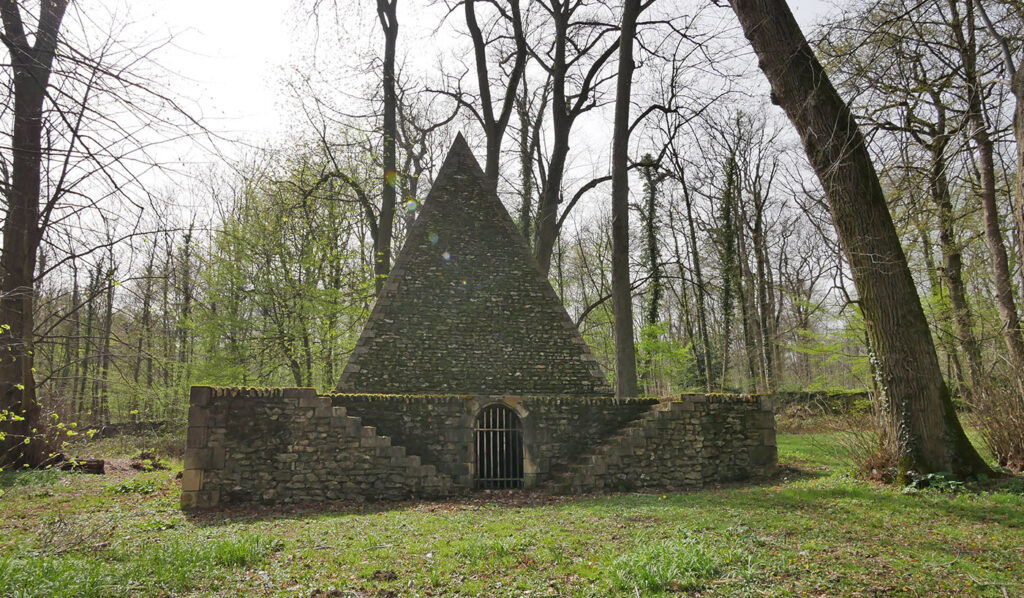
The Gothic church is the only authentic ruin on the estate. It was created in the 13th century in the hamlet of Saint Jacques de Retz.

Finally, the Tartar tent located on the Happiness Island and rebuilt in 1989 is a sheet metal tent that served as a weapons room.
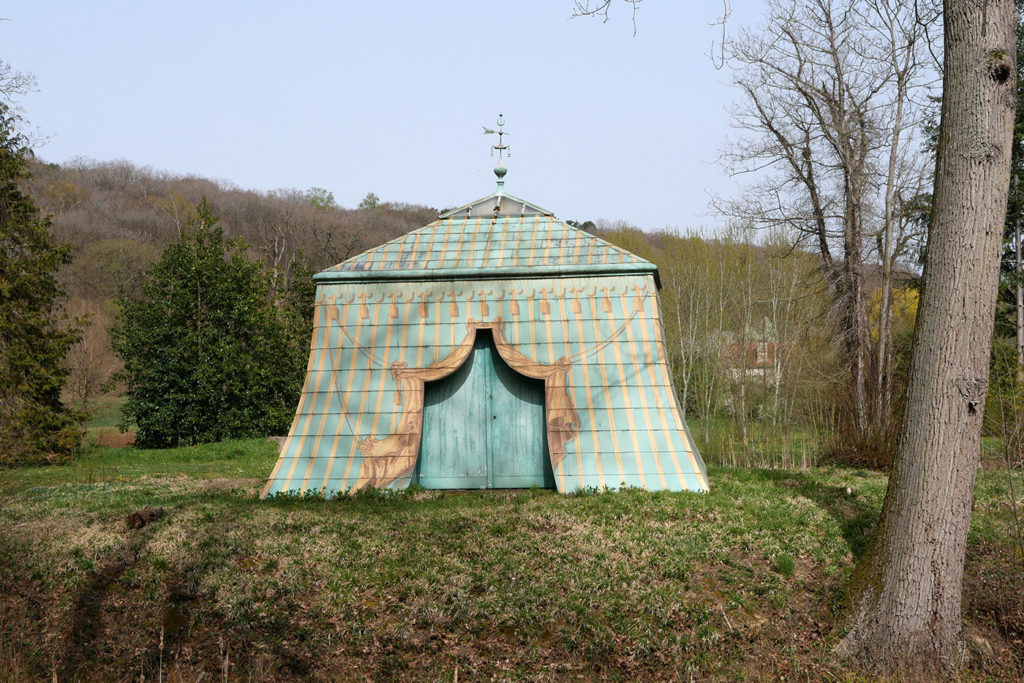
Even today, the Désert de Retz is a fragile treasure, exposed to the vagaries of the climate and vegetation, which therefore requires a lot of maintenance. But as Colette said so well:
“A little more time and the Desert de Retz will be nothing more than a poem in the image of an era, but isn’t it already beautiful that from an era a poem is saved?”
Useful informations
Location:
Allée Frédéric Passy
78240 Chambourcy
France
Opening hours:
Every Saturday from April to October, from 2pm to 6pm, last entry at 4pm
Guided tours at 2.30 pm on reservation
Website:
http://www.ledesertderetz.fr/
Admission:
Adults: €10
8-17 years old: €6
Free for children under 8 years old
Guided tour: €14
Online booking:
https://reservation.seine-saintgermain.fr/
Article produced in collaboration with the Saint-Germain Boucles de Seine Tourism Office



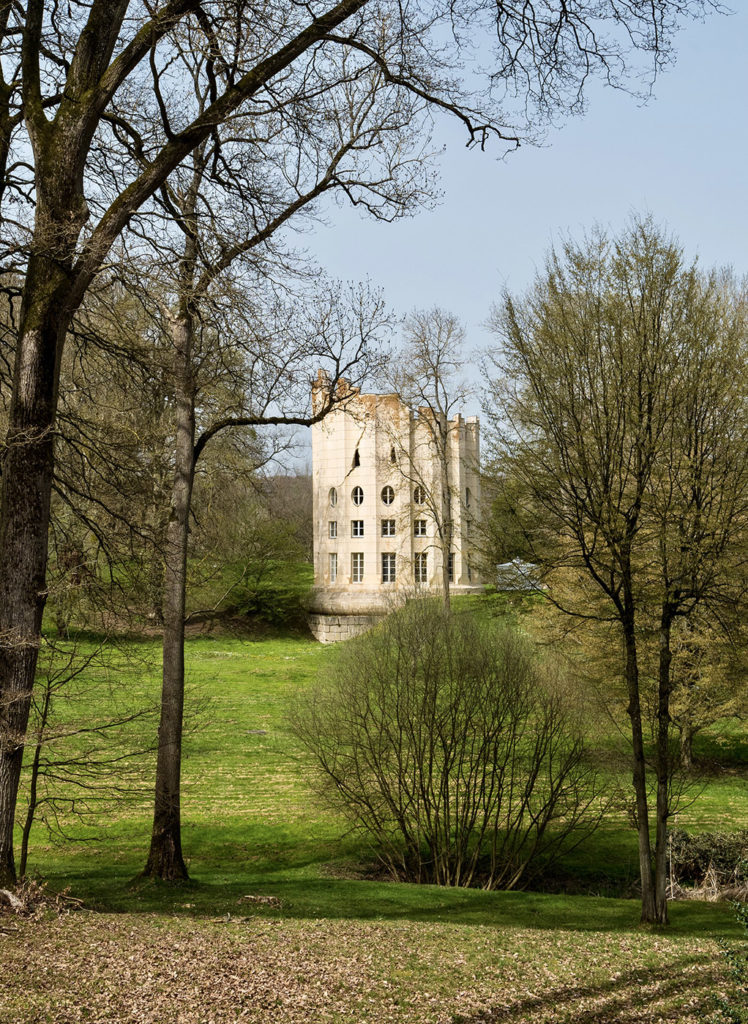

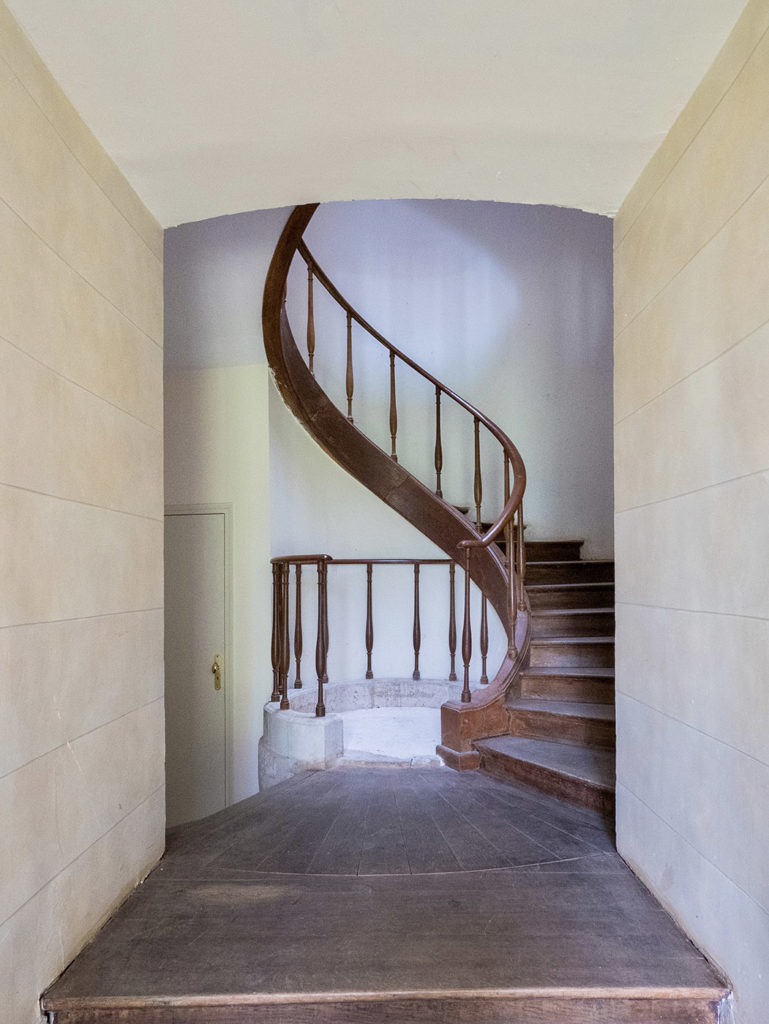



No Comments
Leave a comment Cancel